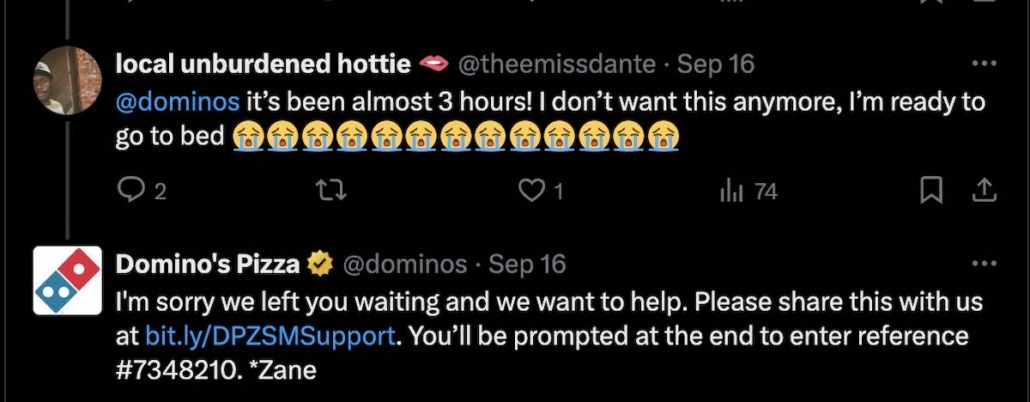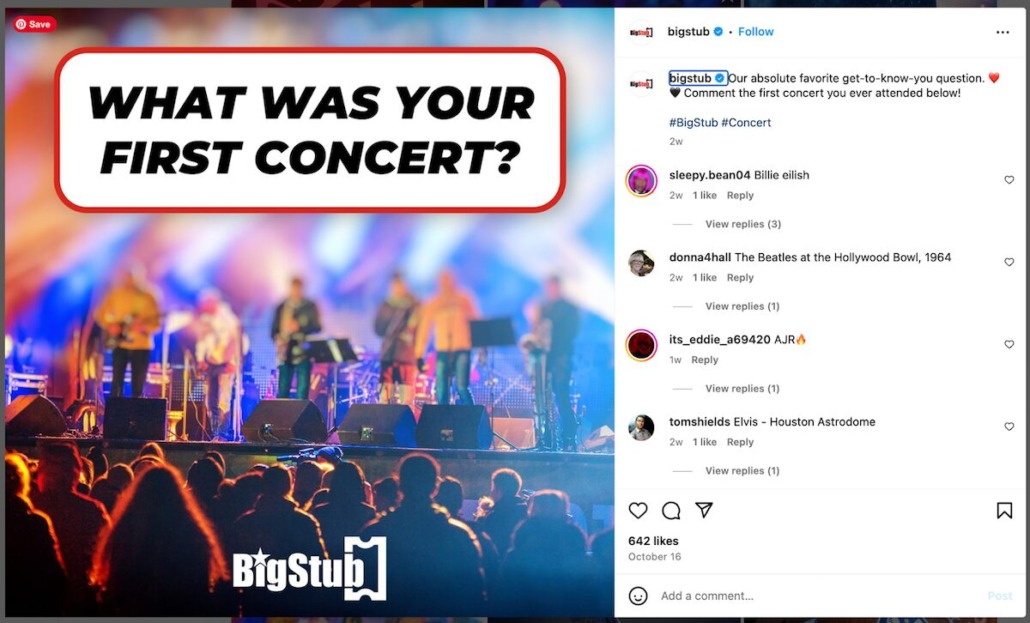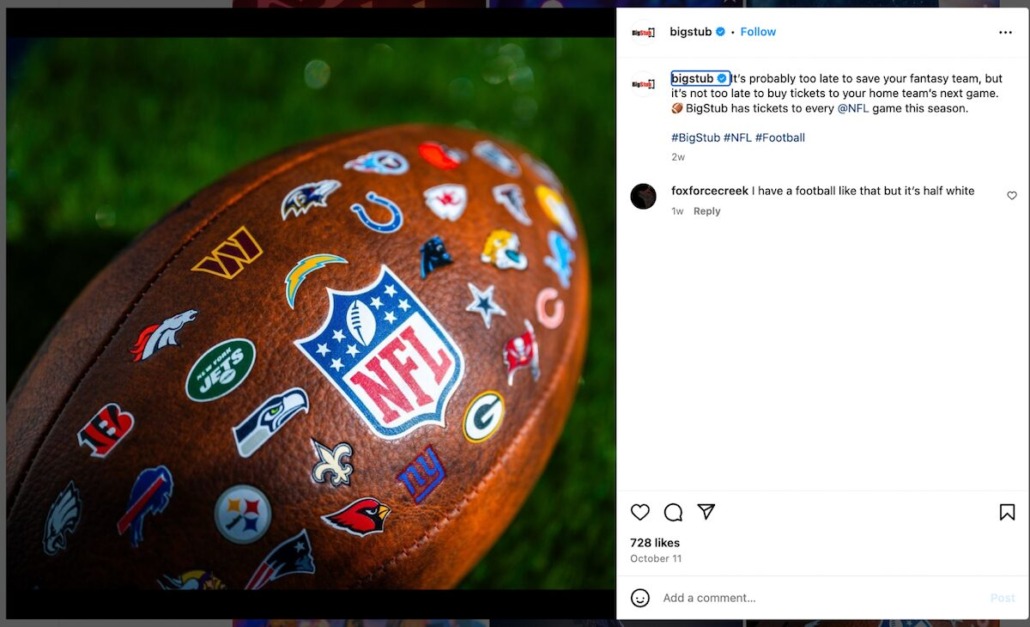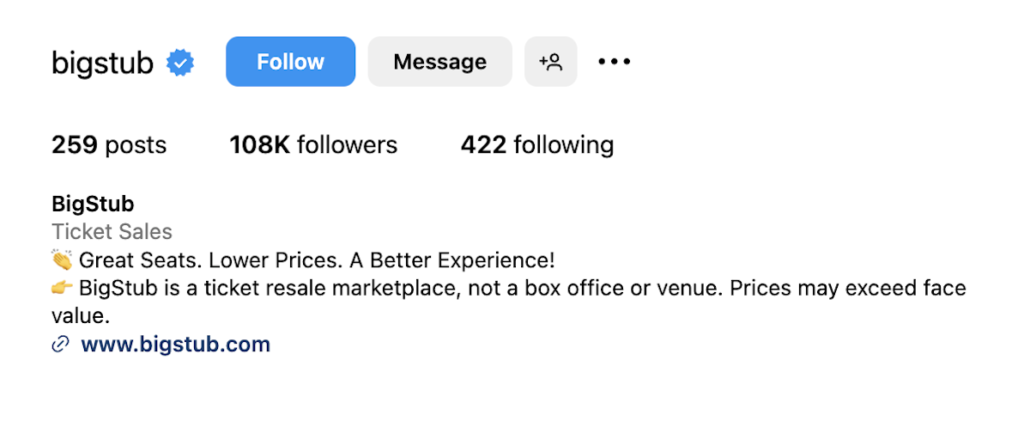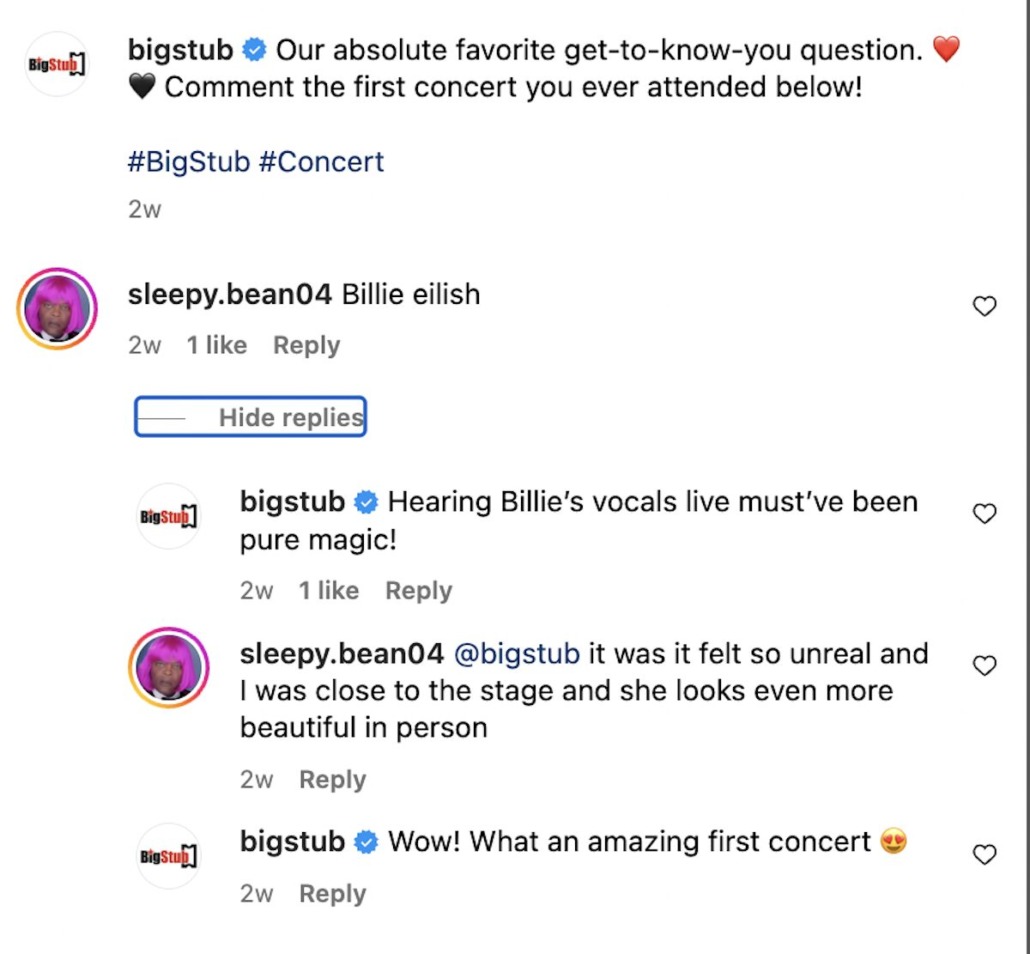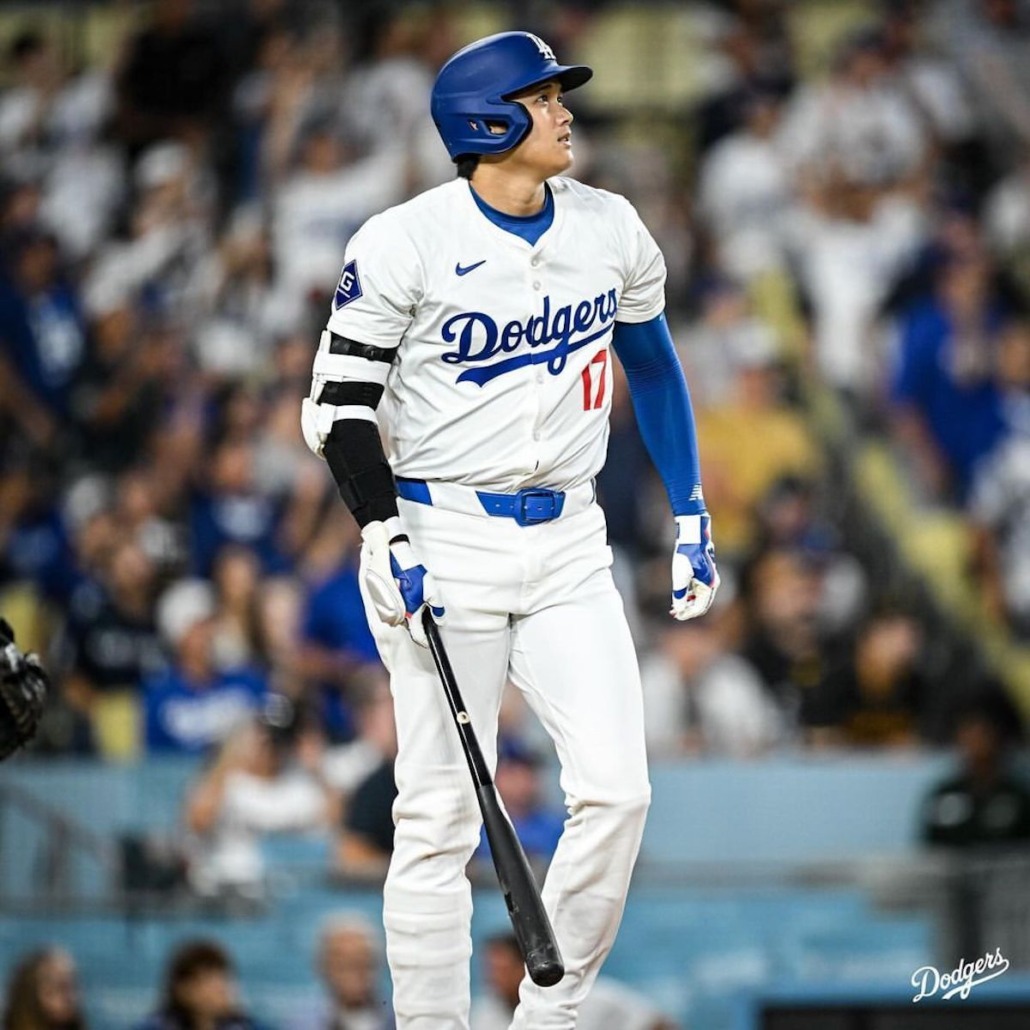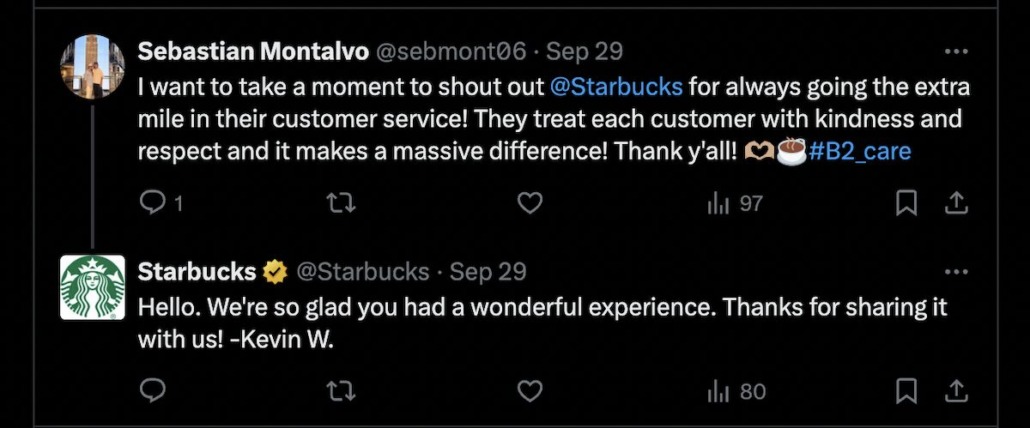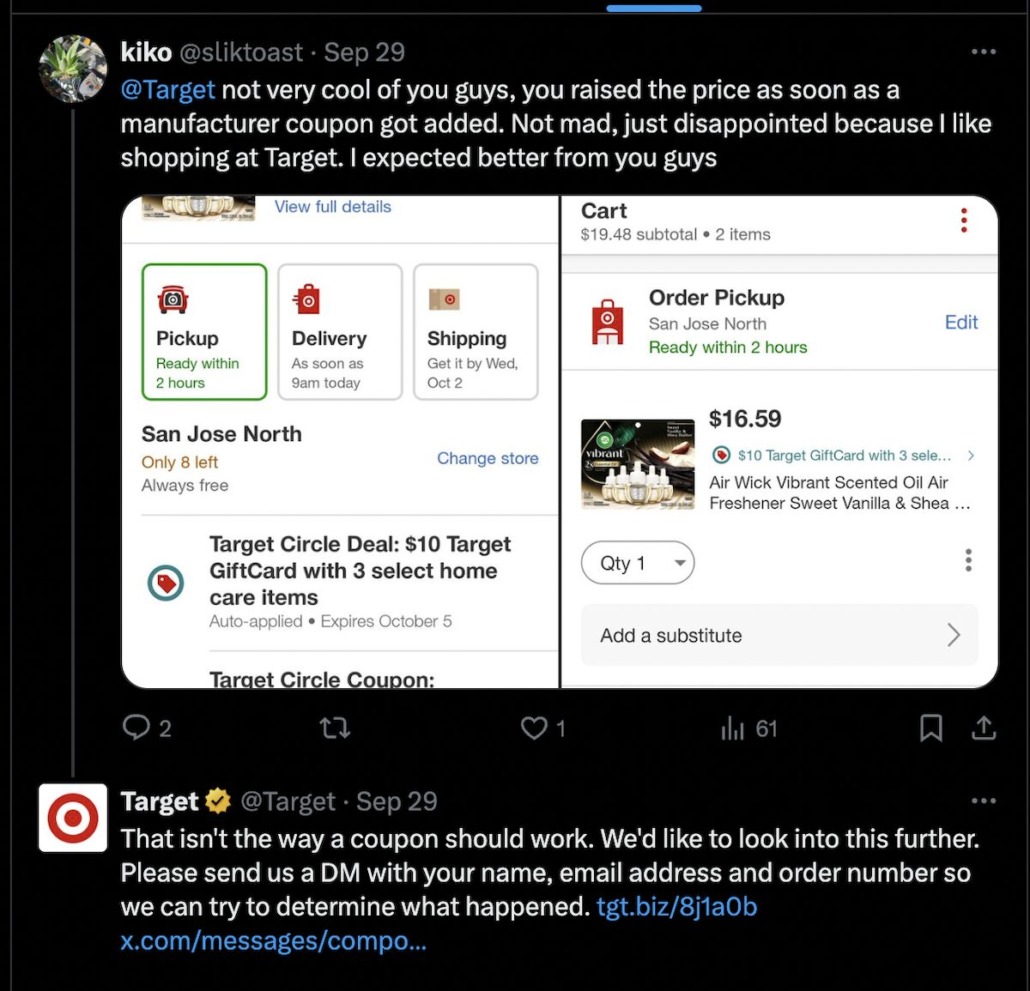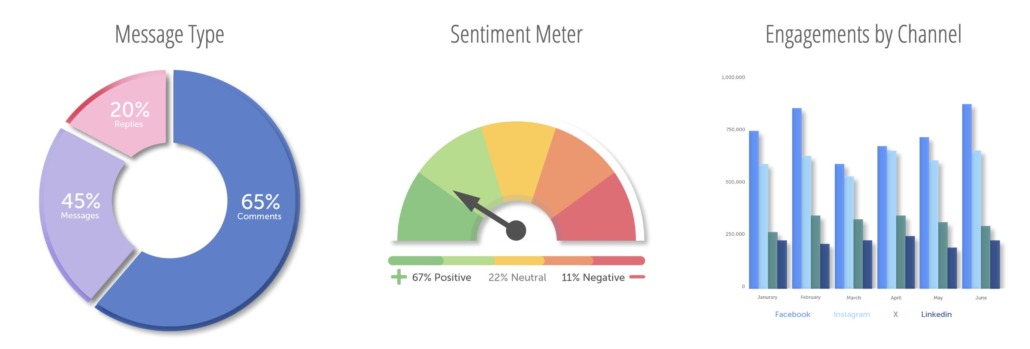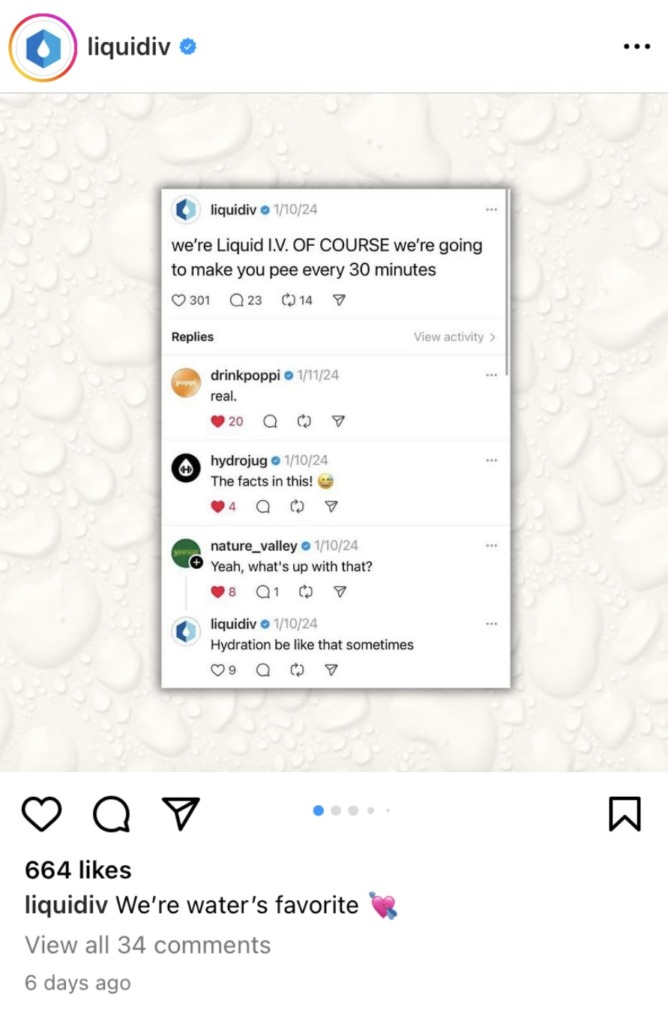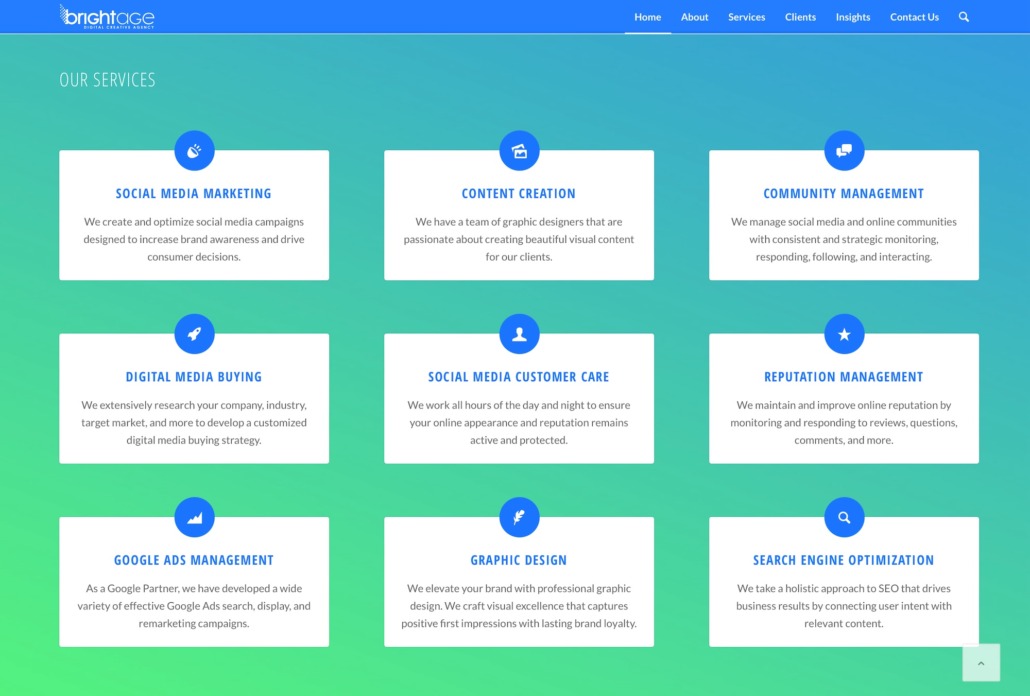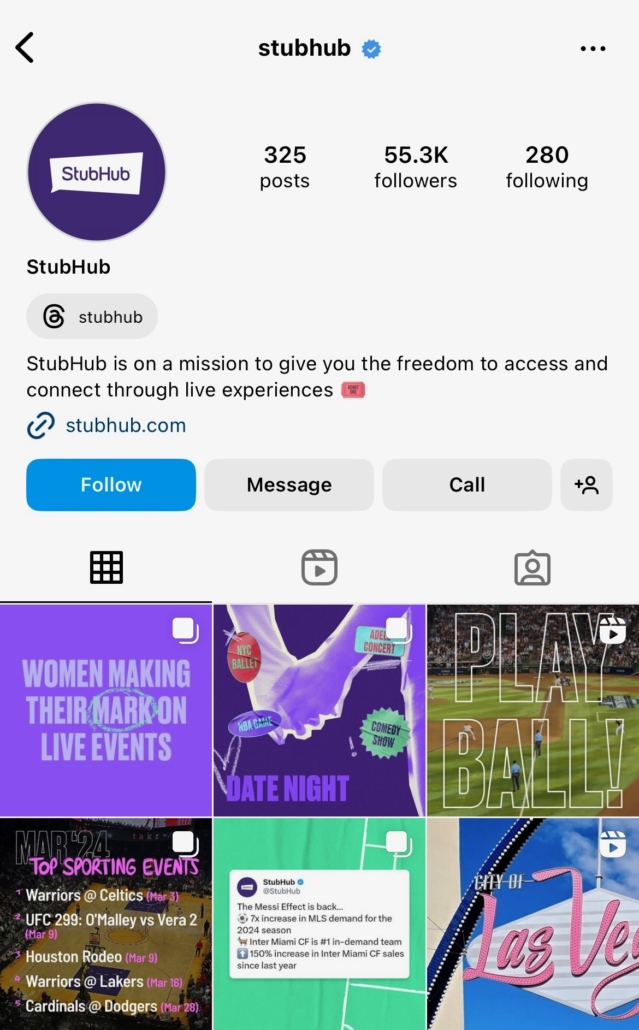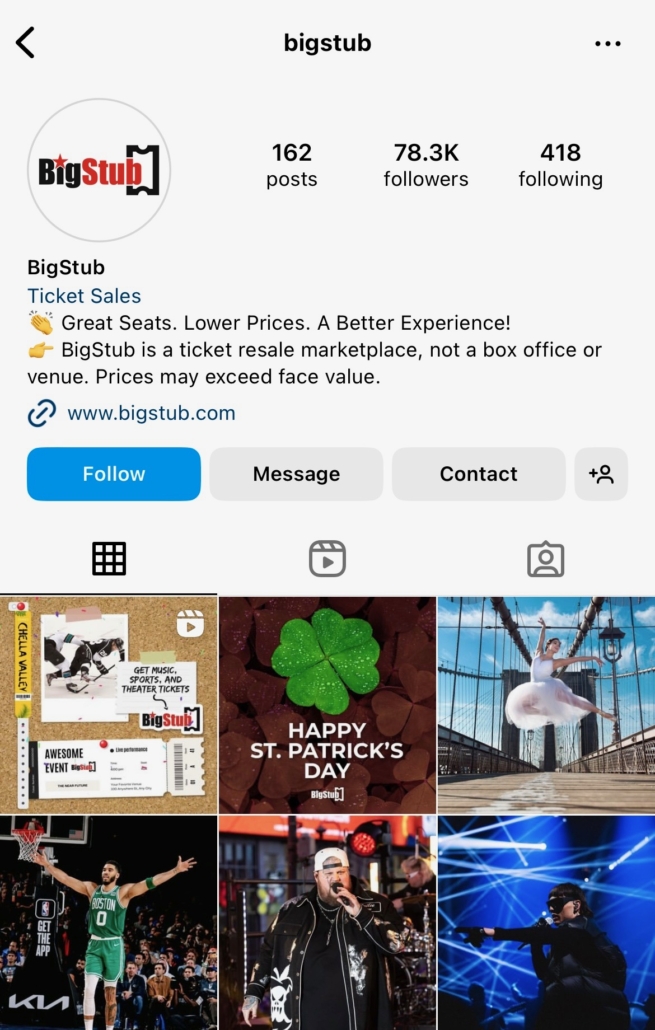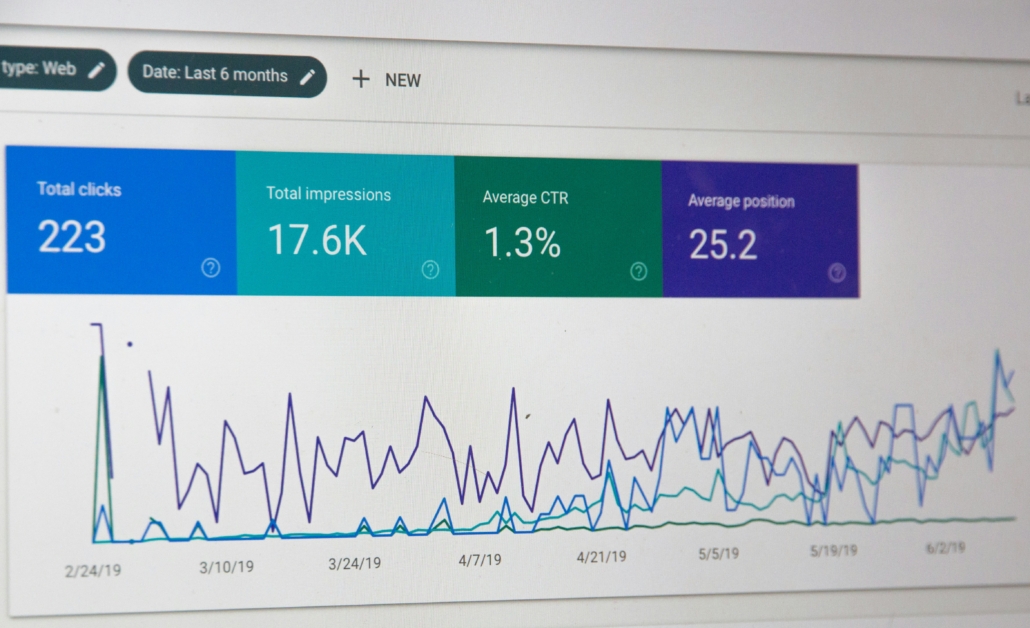How to Create a Unified Brand Voice Across Different Social Platforms
How To Create a Unified Brand Voice Across Different Social Platforms
Maintaining a consistent brand voice across social media platforms is essential for building a recognizable and trustworthy presence. It is this very uniformity that would help clearly communicate your brand’s values, personality, and message to the audience—no matter where they find you. Here are a few tips on making your brand voice consistent across different social platforms.
Understanding Your Brand
Before you can establish a consistent voice, you need a deep understanding of your brand. This involves defining your brand’s mission, values, and personality. Think of your brand as a person: What is your brand’s purpose? What problem does it solve? What principles guide your brand’s actions and decisions? Is your brand formal or casual? Friendly or authoritative? These elements will form the backbone of your brand voice and should be documented in a brand guide to ensure everyone in your organization is aligned.

Knowing Your Audience
Your brand voice should resonate with your target audience. Thoroughly research who your audience is, what they care about, and how they communicate. Consider their demographics: age, gender, location, occupation; and psychographics: interests, values, lifestyle, and online behavior. Consider their social media preferences. Knowing which platforms they use and how they use them will help you tailor your voice to meet their expectations and preferences, creating a more engaging and relatable presence.
Developing a Brand Voice Chart
A brand voice chart is a practical tool that outlines how your brand’s personality translates into communication. It should include your brand’s voice characteristics, describing your brand’s personality traits such as witty, compassionate, or professional. Additionally, explain how the tone might vary depending on the situation; for instance, it may be more formal in crisis communication and more relaxed in day-to-day interactions. Provide examples of language, phrases, and styles to use or avoid, ensuring clarity and consistency in communication.

Tailoring Content for Each Platform
While maintaining a consistent brand voice, it’s essential to adapt your content to the unique characteristics of each social platform.
Facebook allows for a mix of content types, so here your brand voice should be friendly and inviting. Posts to Facebook can be longer, and you can share articles, videos, and events. Your tone should be casual, and your post style should be community and conversation-focused. Effective storytelling will build a deeper connection with your audience.
Twitter, with its character limit, demands brevity and wit. Short updates, news, and quick responses are your game here. A sharp tone to the point using hashtags and trending topics will help you contribute meaningfully to broader conversations.
Instagram, being visual-centric, is ideal for storytelling through images and videos. Here, your brand voice should be aesthetically interesting and emotionally engaging, using photos, stories, and reels. An inspirational tone with visually descriptive language, set up with the help of emojis and hashtags, can increase engagement.
LinkedIn, as a professional network, requires a brand voice that reflects professionalism and expertise. Articles, industry insights, job postings, and company updates are suitable content types. Maintain a formal and authoritative tone, sharing thought leadership content and professional achievements.
TikTok thrives on creativity and trendiness. Your brand voice should be fun and authentic, and you can achieve this through the use of short-form videos, challenges, and trends. The general tone is playful and engaging, embracing trends and even inciting user-generated content—the recipe for TikTok success.
Training Your Team
Consistency requires that everyone involved in content creation and communication understands and can effectively use the brand voice. This starts with onboarding new employees, training them on your brand voice guidelines. Regular workshops can refresh and update the team on any changes, while feedback sessions can encourage team members to share best practices and insights.
Using Tools for Consistency
Leveraging tools can help maintain a consistent brand voice across platforms. Use content calendars for making plans regarding the content to be put up to make sure that it aligns with the strategy. Make use of social media management tools like Hootsuite, Buffer, and Sprout Social to schedule and manage your posts across these platforms. Constantly reviewing analytics will help you know what works with your audience, so you can consider making necessary changes with your voice.

Monitoring and Adapting
A brand voice is not static. It evolves with your brand, audience, and the digital landscape. Regularly monitor your social media channels to ensure your voice remains consistent and relevant. Social listening ensures that you track conversations around your brand, providing you insights into public perception. Feedback from your audience will also reveal to you their taste and preferences. Be ready to tweak the voice to keep it fresh and relevant in the current trends and audience preferences.
Conclusion
Creating a unified brand voice across different social platforms is a dynamic and ongoing process. It requires an acute knowledge of your brand and your audience, specific content strategies, team training on consistency, and management tools. Following these steps, you will create a robust, identifiable, and engaging brand presence that resonates with your audience and stands out in the crowded digital space. The more consistent your brand voice is, the more trust you will gain, and the deeper your connection will be with the audience, eventually driving loyalty and growth.




